There are several aspects that should be dealt with in the design of museum showcase
Showcases are the guardians of cultural relics in the museum and bridges between the cultural relics and the audience. It is a vital link in the museum’s display of artistic appeal and personality. Therefore, There are several aspects that should be dealt with in the design of museum showcase: the relationship between humans and cultural relics, the relationship between showcases and the environment, and the relationship between cultural relics and the environment.
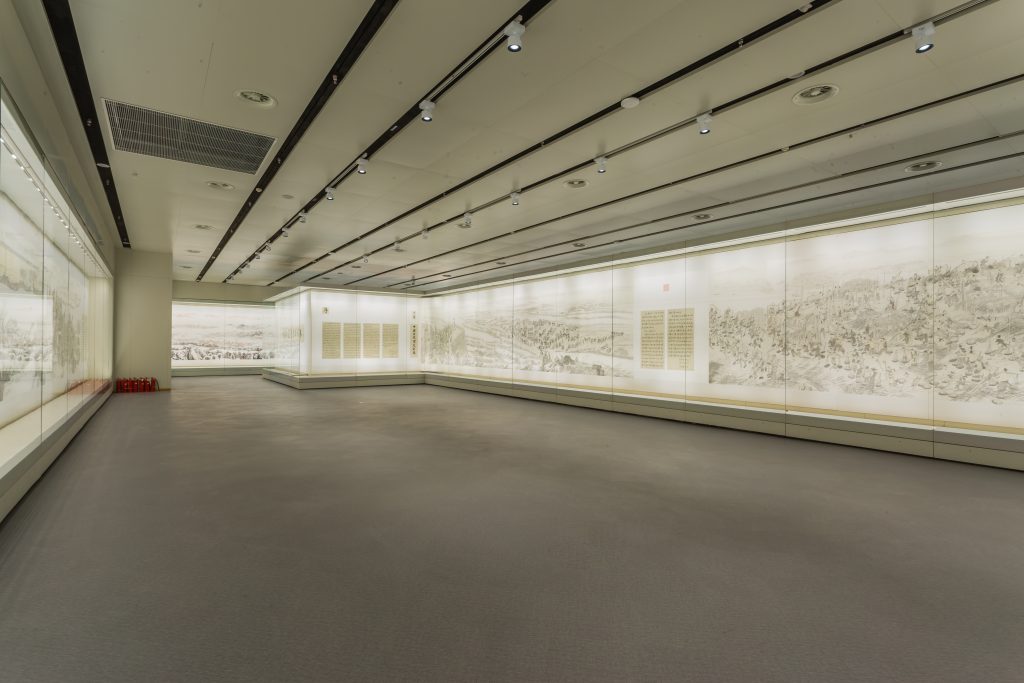
Relationship between Humans and Cultural Relics:
Accessibility: Showcases should be designed to facilitate a meaningful and engaging interaction between the audience and the displayed artifacts. Consideration should be given to the height, angle, and lighting of the showcases to ensure clear visibility and ease of viewing for visitors of different ages and physical abilities.
Interpretation: Showcases can incorporate interpretive elements such as labels, multimedia presentations, or interactive displays to provide contextual information, historical background, and educational content related to the artifacts. This helps visitors connect with and understand the cultural significance of the displayed items.
Relationship between Showcases and the Environment:
Preservation: Showcases should provide a controlled microenvironment that protects cultural relics from harmful external factors, including temperature fluctuations, humidity, dust, light exposure, and pollutants. The materials used in showcase construction should be inert and non-damaging to the artifacts.
Security: Showcases should be designed with security features such as locks, alarms, and surveillance systems to prevent unauthorized access or theft. They should also be structurally robust to withstand accidental impact or natural disasters.
Relationship between Cultural Relics and the Environment:
Lighting: The lighting within showcases plays a crucial role in enhancing the visibility and aesthetics of cultural relics. Properly designed lighting systems should consider the type of artifacts, their sensitivity to light, and the desired visual effect. Lighting should be carefully controlled to minimize UV radiation and heat emissions that can damage the artifacts.
Display Techniques: The design of showcases should consider the specific requirements of different types of artifacts, including their size, fragility, and display orientation. Adjustable shelves, supports, and padding should be used to securely hold the artifacts in place while minimizing any risk of damage during display or transportation.
By considering these aspects in the design of showcases, museums can create an optimal environment for preserving and displaying cultural relics while fostering a meaningful and immersive experience for the audience. Collaboration between museum professionals, exhibition designers, and conservation experts is crucial to ensure that showcases effectively fulfill their role as guardians of cultural heritage.
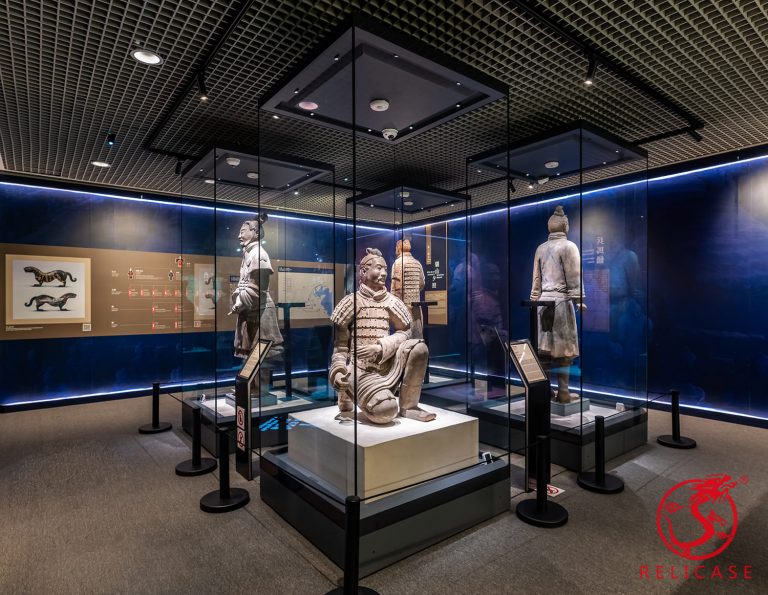
Relicase at Macau Museum: Safeguarding Heritage, Celebrating Legacy
Macau Museum: “Edification of the Masses — Cultural Treasures from the Zhou, Qin, Han, and Tang Dynasties” A Landmark Embraces Innovation The Macau Museum stands proudly atop the historic Mount Fortress, next to the famous Ruins of St. Paul’s. As an iconic symbol of Macau’s history and multicultural heritage, it now embraces the touch of…
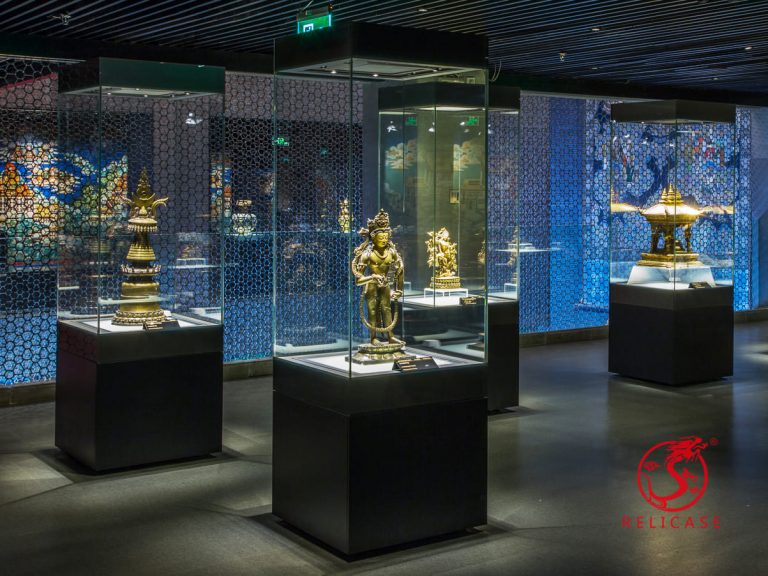
Potala Palace
Abstract On April 26, 2017, Relicase completed the showcase project for the Treasure Hall of the Potala Palace in Tibet. The Collections Hall spans three floors and is divided into two major sections, showcasing a total of 273 individual artifacts and replicas, as well as 155 sets of artifacts (or 159 sets, including 147 sets…
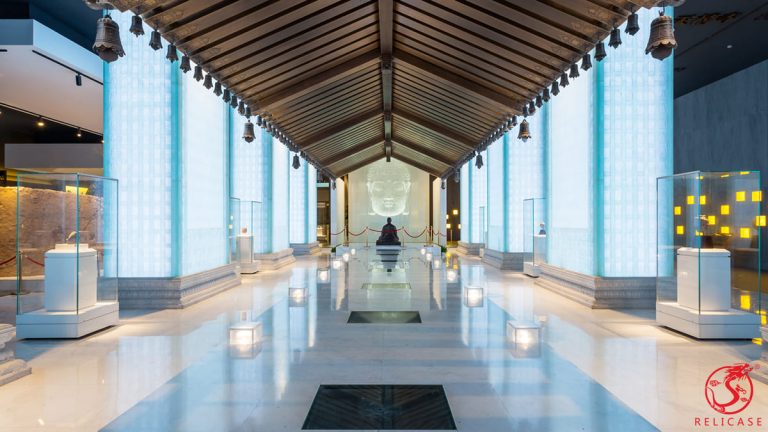
Porcelain Tower of Nanjing
Abstract The Porcelain Tower of Nanjing, named and constructed by Emperor Yongle of the Ming Dynasty to honor his parents’ boundless love and virtue, stands as a symbol of filial piety. Celebrated in Du Mu’s poetic lines, “Four hundred and eighty temples of the Southern Dynasties, how many pavilions linger in the mist and rain,”…
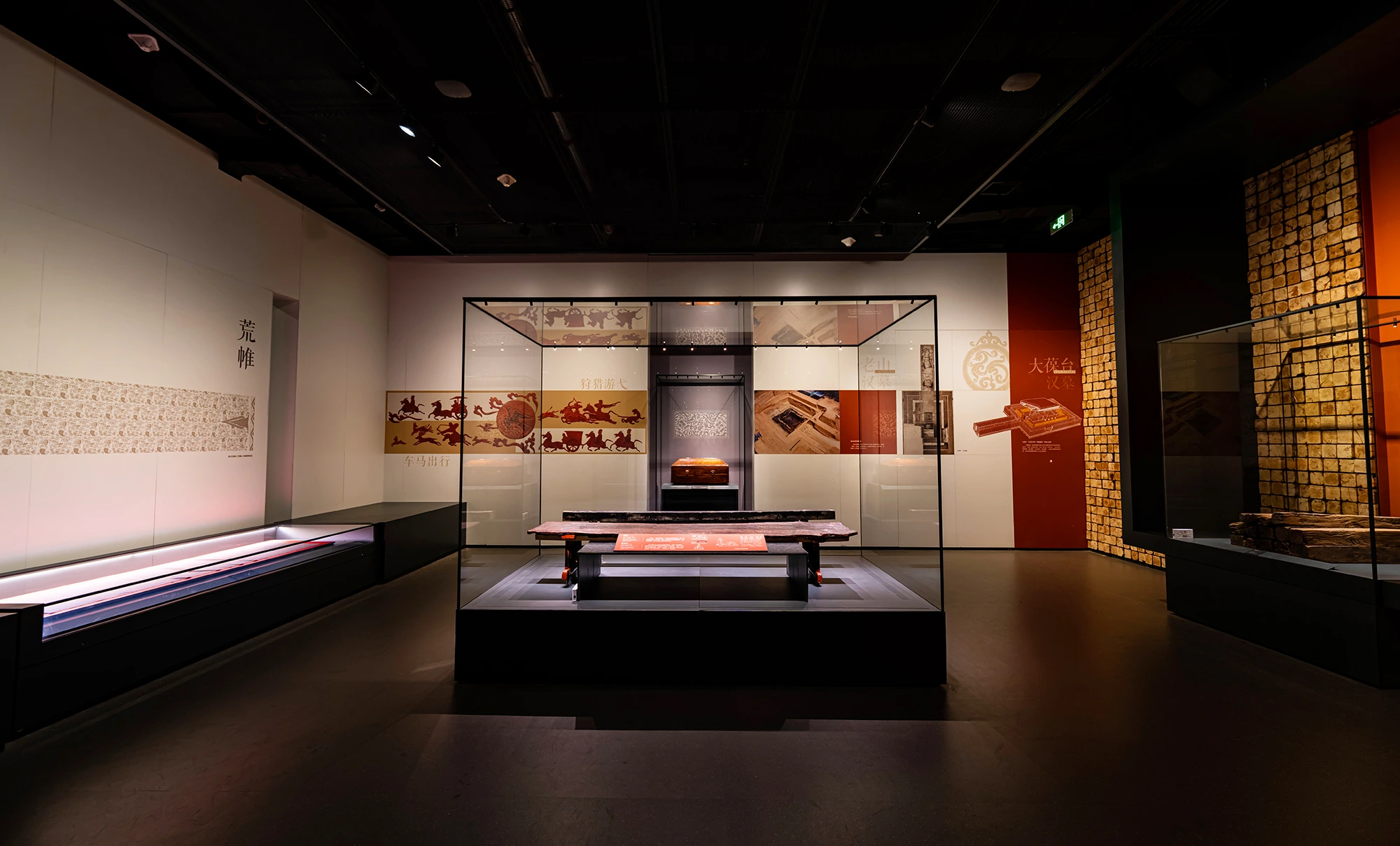
The basic guide to Museum Showcase Glass
As museums continue to modernize, the glass used in display cases has undergone a remarkable transformation to meet ever-evolving requirements for safety, visibility, and artifact preservation. The shift from basic transparent materials to specialized, high-performance glass highlights the strides made in exhibition technology. The Journey of Museum Showcase Glass Historically, glass in museum showcases was…

How to Design Lighting for Museum Display Cases
Museum display cases are freestanding, touchable structures. To comply with engineering safety standards, the lighting inside these cases should operate on low-voltage input. Relicase, in line with national standards, ensures the display cases they manufacture meet the following specifications: 1. Protective or isolating measures must be in place between the lighting fixtures and the display…

Display Case Project Research: French Pavilion Shanghai Expo 2010
Project Introduction Architect: Jacques Ferrier Architectures Scenography Engineering: Scenos-associes Vitrines Design: Scenos-associes Vitrines Fabricate & Installation: Relicase Originally constructed as a train station for the 1900 World Fair, the Musée d’Orsay is situated in Paris on the left bank of the Seine River. It has served as a hotel, auction house, and post office for…
